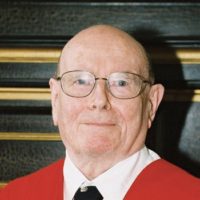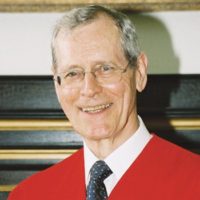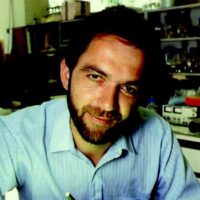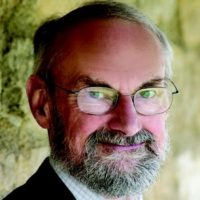Opening remarks by Joseph Goldstein
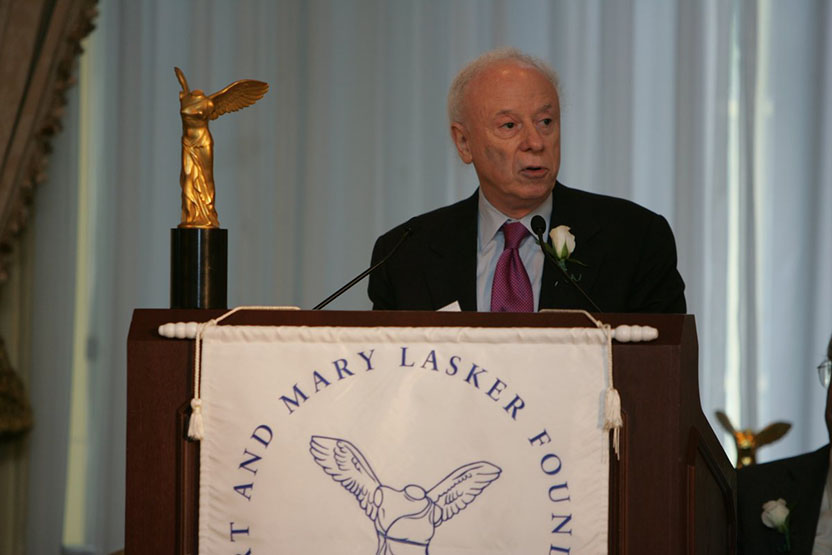
60 years of winged victories for biomedical research
An expanded version of these remarks originally appeared in Nature Medicine.
What sets the Lasker Awards apart from other prestigious prizes, such as the Nobel Prize, is the Lasker’s duality of recognition. Each year, one award — the Basic Award — honors fundamental discoveries that open new fields of biology, and a separate award — the Clinical Award — honors pioneering achievements that change the practice of clinical medicine.
Mary Lasker’s establishment of two separate awards 60 years ago reflected her philosophy of medical research: major advances come from both the bench and the bedside. The first Lasker Awards, presented in 1946, got off to an auspicious start, setting a high standard for creativity and excellence that has persisted to this day. The first Basic Award was given to Carl Cori for the discovery of the enzymes that interconvert glucose to glycogen to glucose. One year later he received the Nobel Prize in Physiology or Medicine together with his talented biochemist wife, Gerty Cori. Contemporary historians of science recognize Carl Cori as one of the giants of 20th century biochemistry. The Cori laboratory at Washington University in St. Louis became the Mecca for aspiring young biochemists and enzymologists in the 1940s and 1950s. Six of the scientists who trained with the Carl and Gerty Cori went on to win Nobel Prizes — Arthur Kornberg and Severo Ochoa (in 1959), Luis LeLoir (1970), Earl Sutherland (1971), Christian de Duve (1974), and Edwin Krebs (1992). Surprisingly, only two of these six Nobelists, Sutherland and Krebs, received Lasker Awards. Lasker Juries in the past were obviously not as prescient as those today!
Medical Research Awards Jury
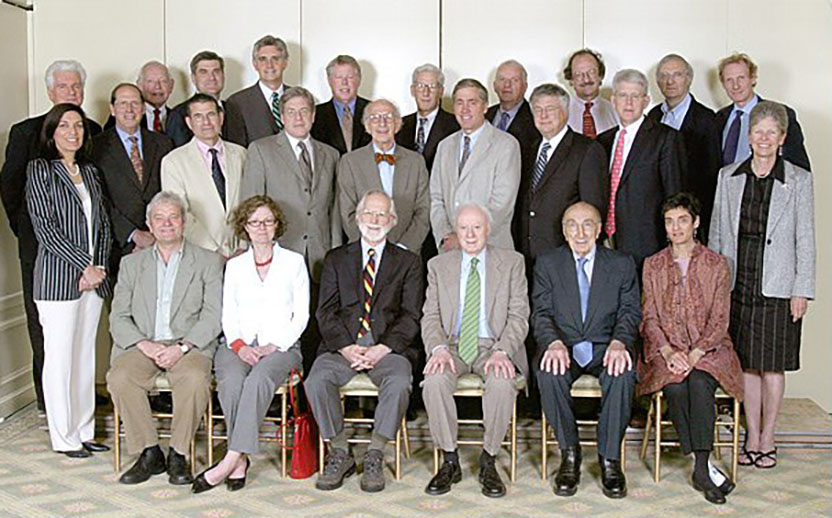
2005 Lasker Medical Research Awards Jury
Seated, left to right: Paul Nurse, The Rockefeller University ● Titia de Lange, The Rockefeller University ● J. Michael Bishop, University of California School of Medicine ● Joseph Goldstein, Chair of the Jury, University of Texas Southwestern Medical Center ● Michael DeBakey, Baylor College of Medicine ● Carla Shatz, Harvard University
Middle Row, left to right: Huda Zoghbi, Baylor College of Medicine ● William Paul, NIAID ● Thomas Stossel, Brigham & Women’s Hospital ● Charles Sherr, St. Jude Children’s Research Hospital ● Eric Kandel, Columbia University ● Richard Lifton, Yale University ● Michael Brown, University of Texas Southwestern Medical Center ● Thomas Maniatis, Harvard University ● Joan Steitz, Yale University
Third Row, left to right: Günter Blobel, The Rockefeller University ● Leon Rosenberg, Princeton University ● Craig Thompson, University of Pennsylvania Cancer Center ● Bruce Stillman, Cold Spring Harbor Laboratory ● Jack Dixon, University of California, San Diego ● Stuart Kornfeld, Washington University ● John Dowling, Harvard University ● Harold Varmus, Memorial Sloan-Kettering Cancer Center ● Martin Raff, MRC Laboratory for Molecular Cell Biology, University College London ● Kim Nasmyth, Research Institute of Molecular Pathology
Public Service Award Jury
Daniel Koshland, Jr., Chair of the Selection Committee, University of California, Berkeley ● Bruce Alberts, National Academy of Sciences ● Enriqueta Bond, Burroughs Wellcome Fund ● Barbara Culliton, Health Affairs ● Harvey Fineberg, Institute of Medicine ● Hildegarde Mahoney, Harvard Mahoney Neuroscience Institute ● John Edward Porter, Hogan & Hartson ● Alfred Sommer, The Johns Hopkins University, School of Hygiene and Public Health
